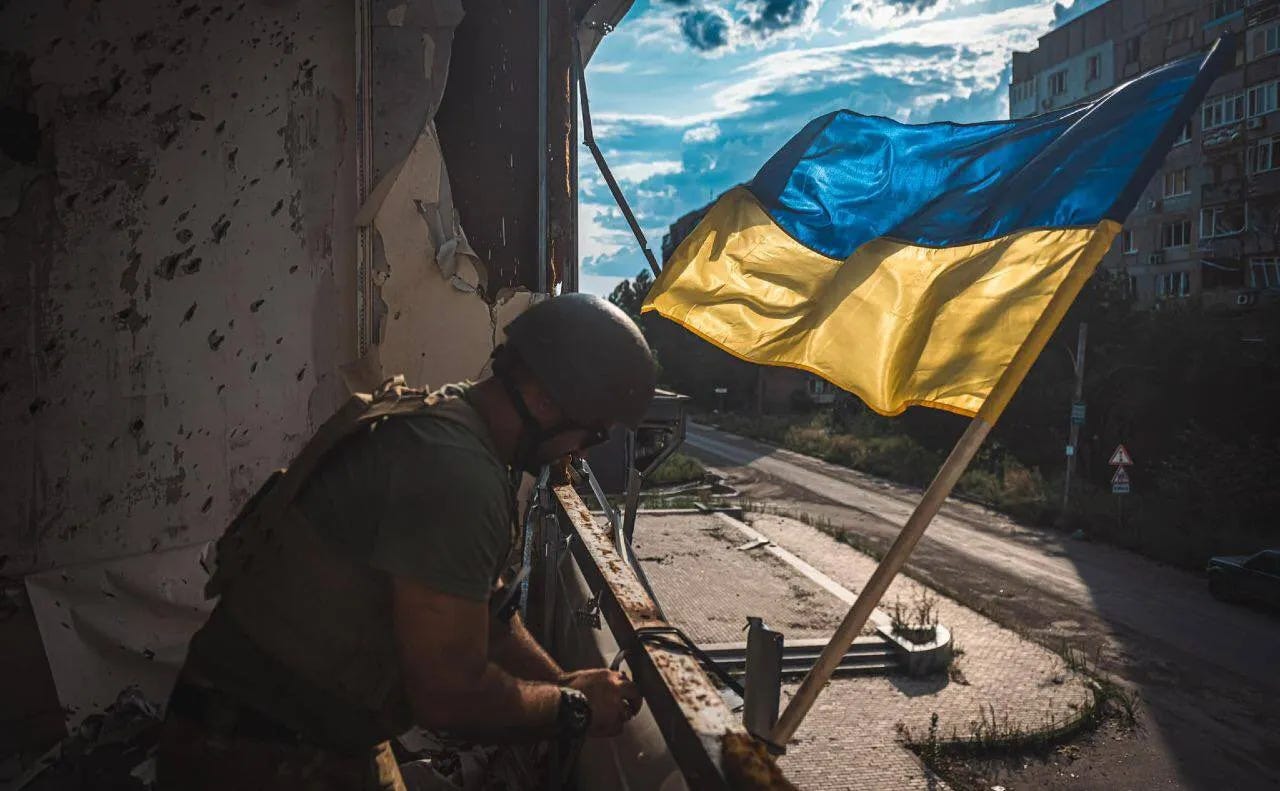Slowly, Then All At Once: The Russian Strategy In Zaporizhzhia Is Going Bankrupt
Ukraine creates battlefield liquidity
Pentagon officials assess that Ukraine’s force-directed offensive has penetrated the main minefield and reached the ends of secondary fortification lines around Robotyne. Now holding the highest ground in the region, Ukrainian forces dominate the artillery battle. They are positioned on the flank of Russian trench lines, turning them into avenues of adv…
Keep reading with a 7-day free trial
Subscribe to Polemology Positions to keep reading this post and get 7 days of free access to the full post archives.


